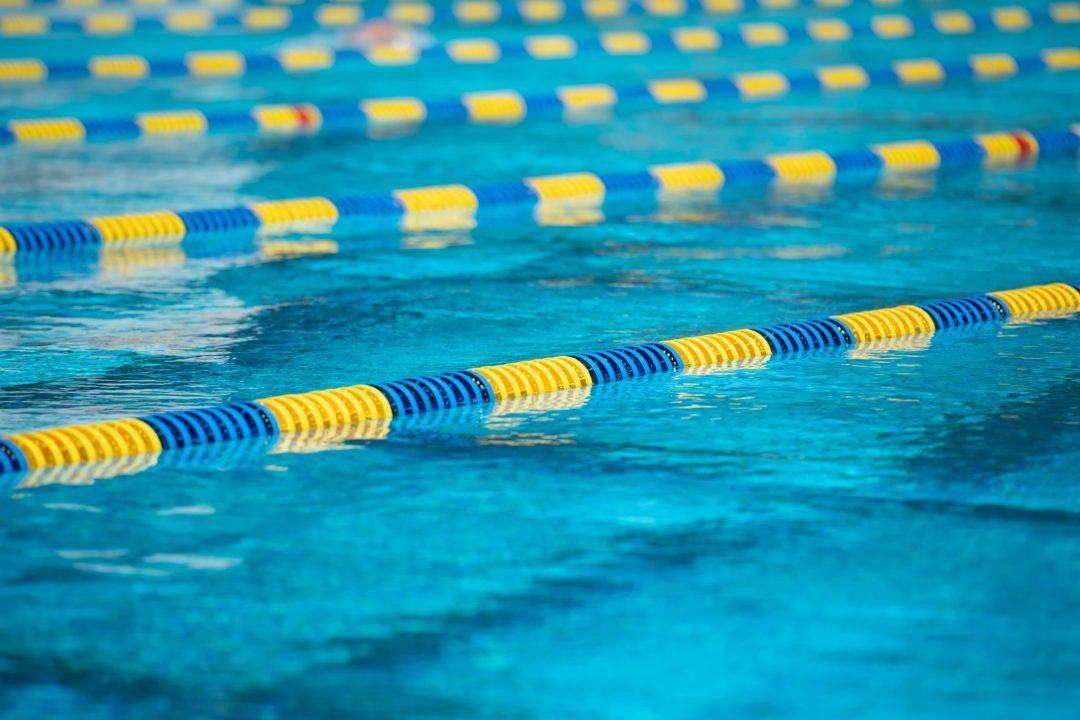Coaches are always looking for the best way to work with swimmers, parents and other coaches.
Everyone is trying to move in the same direction.
Trying to help the swimmers grow in and out of the water.
Managing everything can be challenging for larger teams. Having a larger team with multiple practice times, different pool locations and a lot of coaches adds in challenges beyond just scheduling.
“Managing everything can be challenging for larger teams.”
As a head coach, you are trying to develop a system for improvement for the swimmers and coaches. For that to be effective, there are a few things that help it work better:
1. Consistent terminology
From simple things like do you call it butterfly kick or dolphin kick to how you describe the finer points of strokes, using consistent terms help to prevent swimmers from getting confused and progress quicker.
2. Skill progression
Having a progression thought out and understood by the coaches allows them to continuously challenge and develop each swimmer. They may not all learn it at the same speed but knowing where they are and where they should be heading guides coaches to better teach the individual.
3. Team rules
Are there universal practice requirements? How involved are the parents? Are parents allows on deck during practice? If left up to each coach, you will get different answers from most of them. Having clear and written out rules for the team allows the team to be consistent and prevents confusion and frustration.
Those three pieces are just the beginning but are a good start to setting up a larger team for success. The key revolves around thinking about the major components of the team and writing out a plan to implement and maintain the systems.
This is where some teams stop. They write up the manual on how the team should run and assume that it will just work. Head coaches need to go a step further to make sure it is being implemented across the various practices, locations and coaches.
“Results come from Execution, not Ideas.”
Here are some things head coaches can do to improve the coaching quality and ensure each group is moving in the same direction:
Coach training
Most coaches are former age group athletes that want to stay involved in the sport and help the next generation of swimmers grow. However, often once coaches are hired, their development ends. Unless they decide to go a step further, they stop there.
Those coaches end up just going through the motions. They warm the swimmers up, do the practice of the day, cool down and run out of the door faster than the swimmers. The swimmers wouldn’t know the difference if the coach wasn’t there.
Putting a coach training system into place that allows coaches to develop and learn will keep them engaged and pushing towards a goal – just like when they were the athletes. They start looking at practice and athlete development differently. Not only does their coaching start to improve but the athletes working with that coach start seeing more consistent improvement. The coach starts to show that they care about more than just the paycheck.
“The swimmers wouldn’t know the difference if the coach wasn’t there.”
Practice structure
The general format of practice shows the different values of each team. From the amount of kicking, pulling, and drills to average distance in each set and how fast the swimmers are moving. Each team is unique.
Creating a practice structure is a collaborative effort. Every group has slightly different requirements and needs. Take the time to work with the coach that leads each group to set up the practice structure. That allows you to know they are working towards the team goals.
Different coaches will approach the needs of their group based on their past experiences. If you want them all to be working and guiding the swimmers in the same direction, having a general structure to practices is vital.
“Creating a practice structure is a collaborative effort.”
Coach accountability
We coach to help the swimmers grow in and out of the water. We set standards for them to meet or exceed and push them to get there.
But what about the coaches? What are they working towards for themselves? What standards do they need to meet?
Coaches must be held to a standard that they have to work to achieve as well. Things like having the practice prepared before practice begins, their own attendance to practice and meets, professional attire, adapting effectively within the practice to unexpected circumstances, and different certification or training goals.
Helping an individual grow increases loyalty, work ethic, and confidence. Coaches need that as much as the swimmers that they work with.
“Coaches must be held to a standard that they have to work to achieve.”
What can you do with this information?
Go back and look at your team. See if there are areas for improving coaches and swimmers alike. Everyone is there to learn and grow, set standards and goals for everyone working around your team.
About Commit Swimming
Commit Swimming puts you, the coach, in control. Save more time writing workouts with Commit. Say goodbye to notebooks and clunky software.
Contact Commit anytime at [email protected]. You can also follow them on Facebook, on Twitter, or on their blog.

